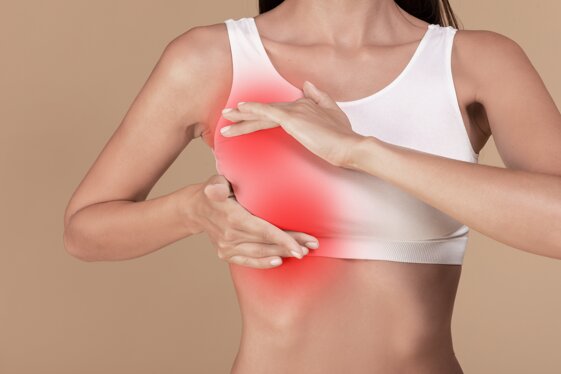BREAST IMPLANT ILLNESS
BREAST IMPLANT ILLNESS
Breast Implant Removal
Removal of "contracted" or damaged breast implants and simultaneous remodeling for an excellent and long-lasting aesthetic result
Reconstruction with U-Flap
U-Flap in Breast Implant Illness Reconstruction:
An Innovative Approach
Breast Implant Illness (BII) is a condition that has gained increasing attention in recent years. It refers to a series of systemic symptoms that some patients report after the insertion of breast implants. To treat complications associated with implant removal, the use of the U-flap is emerging as an innovative and highly effective surgical technique.
What is Breast Implant Illness (BII)?
Breast Implant Illness refers to a set of symptoms such as chronic fatigue, muscle and joint pain, brain fog, and autoimmune problems, which some patients associate with the presence of breast implants. In these cases, removal of the implants, also known as explantation, can improve symptoms. However, implant removal can leave deformities or volume loss, making targeted reconstruction necessary.
The Role of the U-Flap in Reconstruction
The U-flap is an autologous reconstruction technique that uses local skin and fat flaps to restore the shape and volume of the breast after implant removal. This technique is particularly useful in patients with Breast Implant Illness as it avoids the use of additional prostheses or foreign materials, reducing the risks of further complications.
Advantages of the U-Flap
The use of the U-flap in post-explant reconstruction offers numerous advantages:
How Does the U-Flap Technique Work?
The U-flap is a cutaneous-adipose flap that is taken from an area adjacent to the breast and rotated to cover the injured or missing area. This technique is particularly suitable when the patient has relaxed skin and adequate adipose tissue. The procedure consists of:
Flap selection: Choosing the best tissue for transfer, based on the patient's anatomy.
Flap mobilization: Harvesting and transferring the skin and fat flap to the area to be reconstructed.
Breast reshaping: Using the transferred tissue to restore the shape and volume of the breast, maintaining aesthetic harmony.
When is U-Flap Reconstruction Indicated?
Reconstruction with U-flap is particularly indicated for patients with Breast Implant Illness who choose to permanently remove their implants. It is an ideal option for patients seeking an autologous solution, without the risk of inserting new foreign materials or complications related to implants.
Conclusion
The use of the U-flap in post-explant reconstruction for Breast Implant Illness represents an innovative and safe approach for restoring breast volume and shape. This technique allows for natural and long-lasting results, improving patients' quality of life and offering a definitive solution for those who wish to avoid further prostheses. Consulting an experienced surgeon in autologous reconstruction is essential to plan the best possible surgical path.
Natural Reconstruction: The U-flap uses the patient's own tissue, providing a more natural reconstruction compared to prostheses or other filling techniques. Reduction of Complications: The absence of foreign materials reduces the risk of adverse reactions and complications related to implants, such as infections or capsular contractures. Optimal Aesthetic Results: The U-flap allows for effective reshaping of the breast, ensuring pleasing aesthetic results and restoring symmetry.
